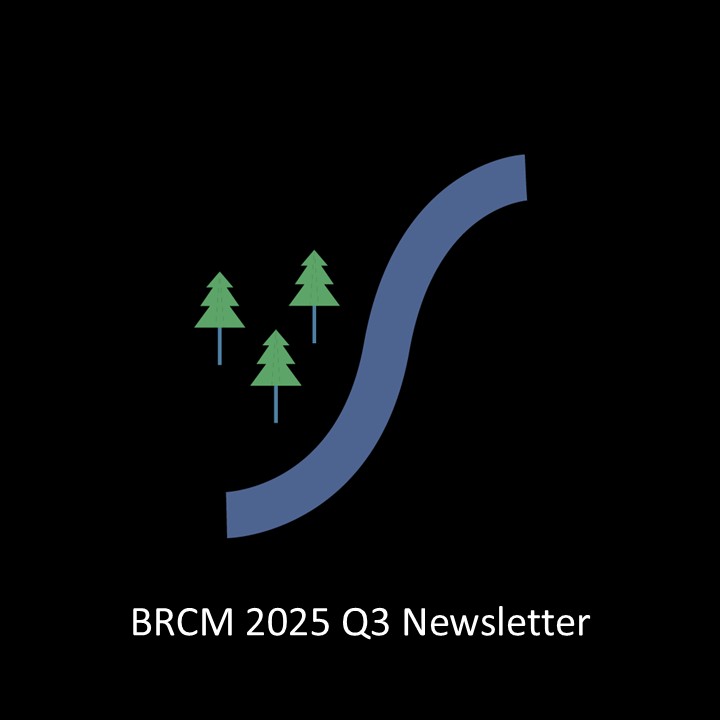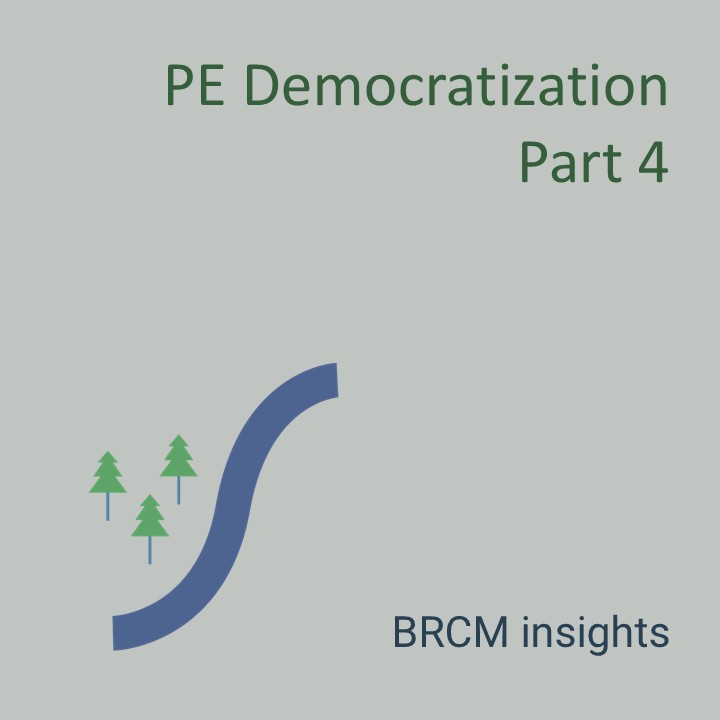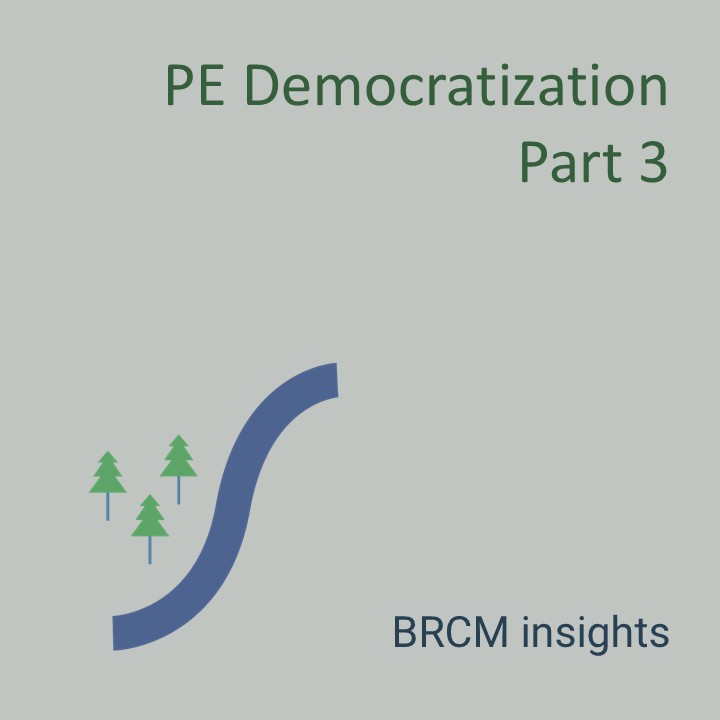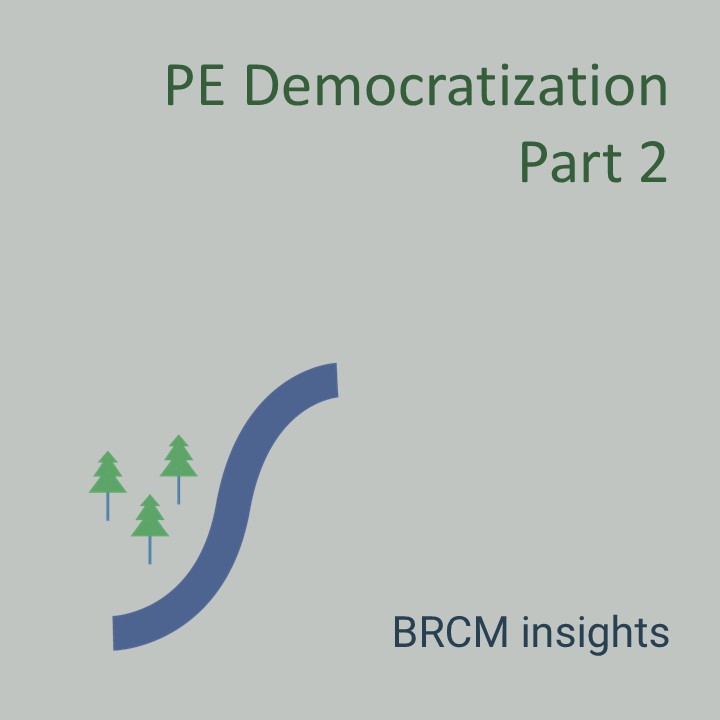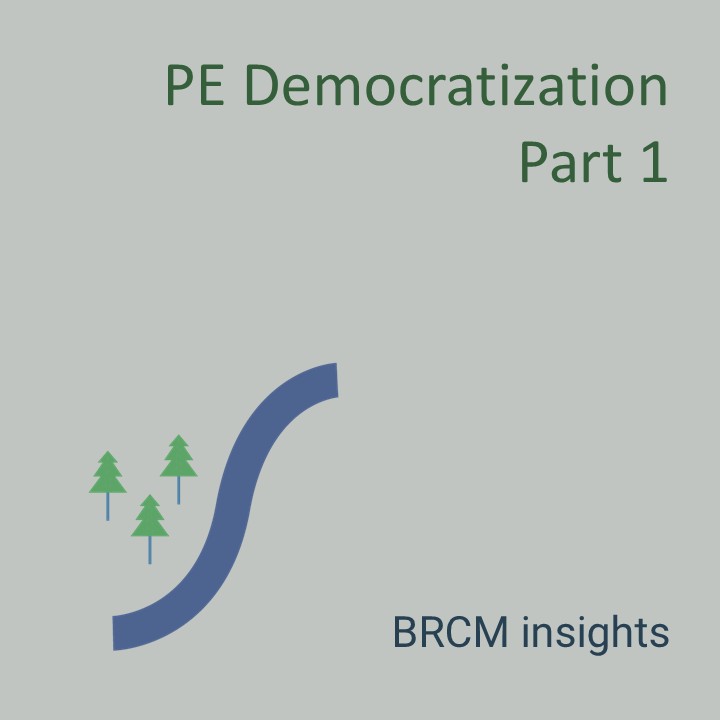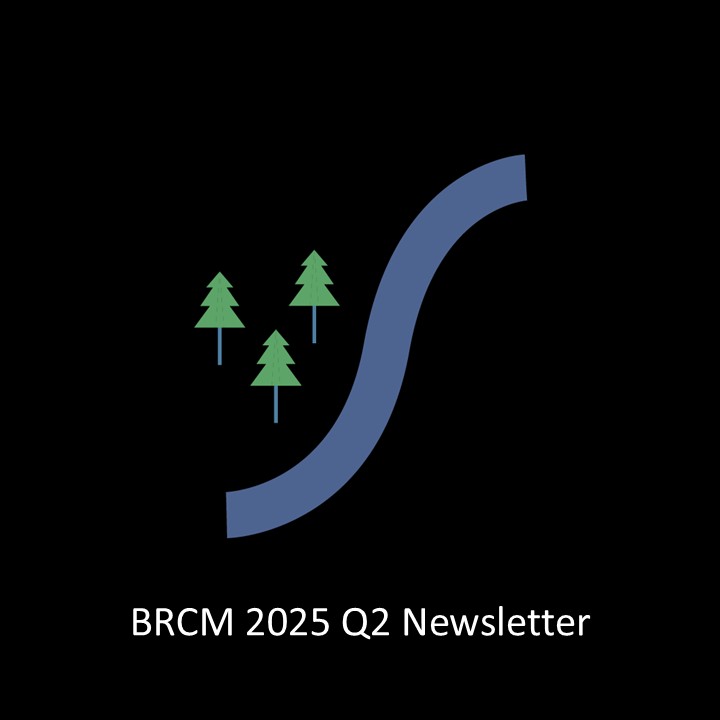Should you be thinking about increasing your exposure to dividend paying stocks as you get older and near or enter retirement? Probably not.
A common refrain we hear from these clients and prospects is, “I want dividends so that I can use that income stream to pay for my living expenses and not have to tap into the principal of my account.”
No doubt, dividends have been an important source of historical return. Since 1926, S&P Global shows that almost one-third of the S&P 500’s total return has come from dividends (and 68% due to price appreciation).
It’s important to remember that dividends paid directly reduce the value of a company’s share price. Ahead of dividend payments there is an “ex-dividend” date that is used to identify who the shareholders of record are. Shareholders who purchase shares on or after an ex-dividend date are not entitled to the upcoming dividend. To reflect this, share prices will adjust on ex-dividend dates for the value of the dividend. For example, if a stock is trading at $100 and is paying a $1 dividend, on the ex-dividend date, you can expect that the stock price will fall to $99, all else equal.
Don’t get us wrong, we love dividends. Companies with a history of paying and growing dividends can indicate a culture of rewarding shareholders and management’s optimism about the company’s prospects. Also, dividend paying stocks are sometimes less volatile than non-dividend paying stocks, which can provide comfort to investors. Still, we think an over-emphasis on dividends can be detrimental.
By themselves, dividends are an inconclusive metric for picking companies to invest in. In fact, a high dividend yield can signal that a company is struggling, and that the dividend could be at risk of being cut or suspended.
Also, there has been a significant corporate shift away from dividends with more companies opting to buy back their own stock instead. From 1980 to 2018, the percentage of US firms that paid a dividend fell by nearly half to 43%, and the number of companies that bought back stock grew from 25% to 53%.
While buybacks are often (and sometimes justifiably) maligned, they are an effective means of rewarding shareholders. When a company buys back its own shares, it reduces the total number of shares outstanding so remaining shareholders own a larger stake.
Given the decrease in the number of companies that pay dividends plus the increase in companies conducting share buybacks, we believe investors are better served by taking a more flexible approach.
We encourage investors to focus on their portfolio’s total return. Since qualified dividends and long-term capital gains are treated similarly under current tax law, investors should be indifferent between receiving dividends or selling a portion of their stocks to support their cash flow needs.
If you have any questions about this blog, or other questions about your finances, please contact Blue River Capital Management at 503.334.0963 or at info@brcm.co.
This information is intended to be educational and is not tailored to the investment needs of any specific investor. Investing involves risk, including risk of loss. Blue River Capital Management does not offer tax or legal advice. Results are not guaranteed. Always consult with a qualified tax professional about your situation.

